Forbidden things have a secret charm – that delicious paradox applies to the chessboard just as it does in life. Moves which appear to be unthinkable (for example, when the piece in question can be readily captured) can create a strong aesthetic effect. Composers of chess problems often make great play of this fact – so much so that it is a useful rule of thumb for a solver. If you spot a move which appears to be prevented for several reasons, there’s a good chance you have your solution.
Once in a while, this pursuit of maximum mischief proves its worth in practical play as well. One of the most famously beautiful moves in chess history is 23…Qc3-g3, from the game Levitsky-Marshall, Breslau 1912, where the queen was placed on a square where she could be captured in three separate ways, each with its own refutation.
Consider the following position, played in a rapid tournament last year, with Rapport (White) to play. Black’s position is under some strain. The Qb2 is guarding b7 and e5, and the knight is pinned. The d4-square, controlled by six(!) black pieces, is a magnet for the eyes. Thus, Rapport’s next move was a masterstroke:
Richard Rapport-Fabiano Caruana
Grand Chess Tour Rapid, Paris 2021 (see diag 1)
36 d4!! An earthquake which shatters Black’s fragile coordination. There is no good response, e.g. 36…exd4 37 e5 Rb6 38 e6 and the pawn is too strong, or 36…Rxd4 37 Qxe5, and the c5 pawn cannot be defended. Caruana tried 36…cxd4 37 c5 Rc6 Here, Rapport could have played 38 Qxe5, and Black is lost e.g. 38…Rb8 39 Bd7 traps the Rc6 or 38…Qb3 39 Rf8 portends Qe5-b8. Alas, Rapport erred with 38 Rc7 Rg8 39 Qd7 and after a few more adventures it was draw agreed at move 51.
The position shown in the second diagram is the starter problem for the Winton British Chess Solving Championship, an annual competition. White must force mate in two moves, against any defence. (White moves, then Black moves, then White delivers checkmate.)
Entries are by email to winton@theproblemist.org no later than 31 July. Only the first move is required. Successful entrants qualify for a postal round, so do include a name and address. Mark your entry ‘The Spectator’! Those who were under 18 on 31 August 2021 must give their date of birth. For more details about the competition, including how to enter by post, visit https://bit.ly/38Q46E2. For more information on the rich world of problem-solving, visit ‘theproblemist.org’. The website has an excellent section titled ‘For Beginners’, in which the ‘Two-Move Secrets’ section may provide inspiration.
Got something to add? Join the discussion and comment below.
Get 10 issues for just $10
Subscribe to The Spectator Australia today for the next 10 magazine issues, plus full online access, for just $10.
You might disagree with half of it, but you’ll enjoy reading all of it. Try your first month for free, then just $2 a week for the remainder of your first year.


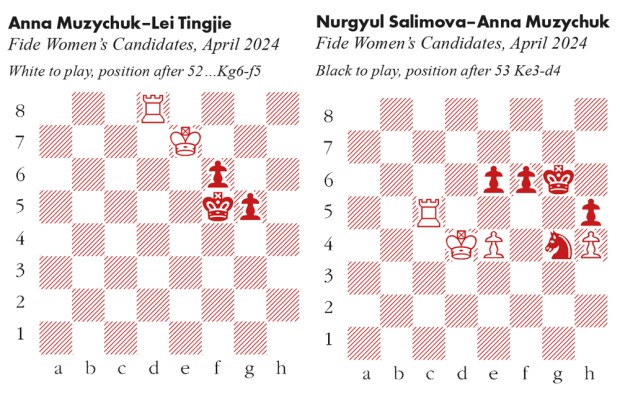
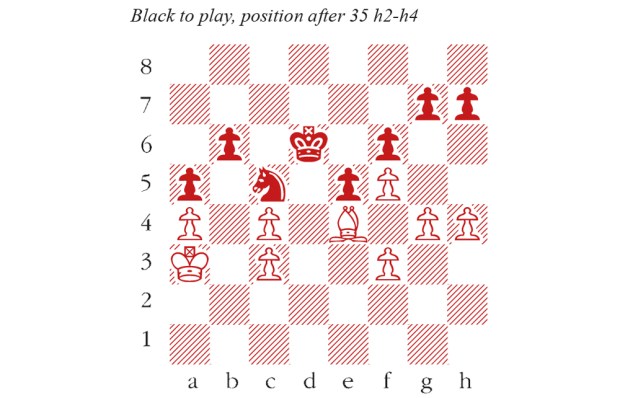
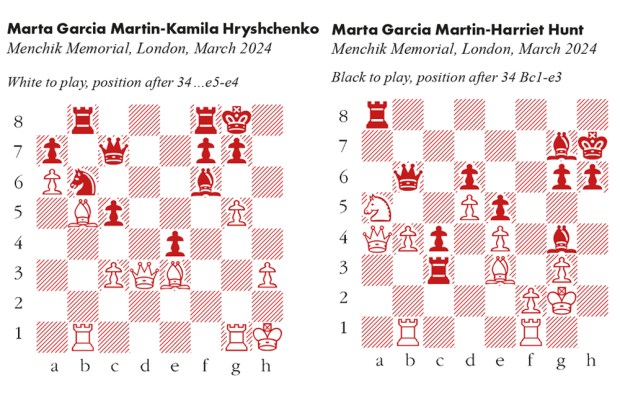

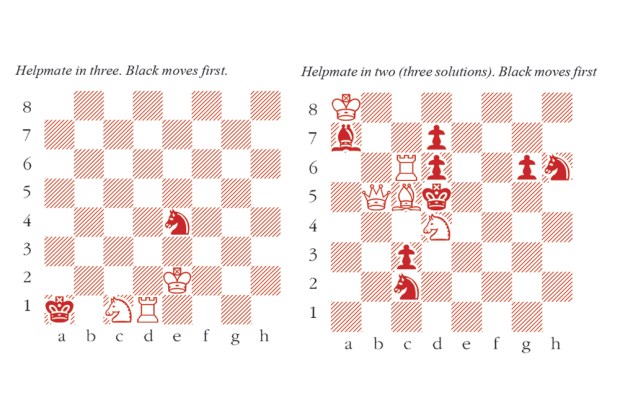
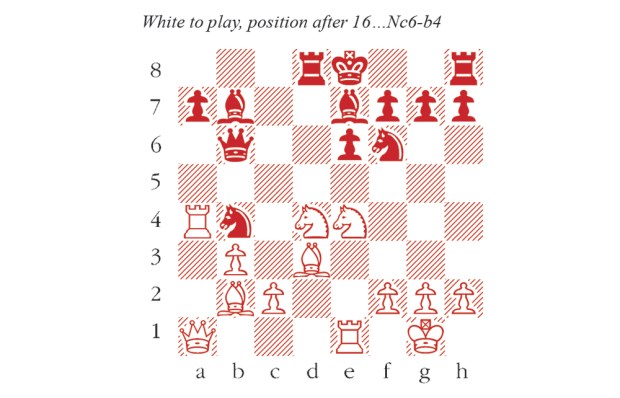






Comments
Don't miss out
Join the conversation with other Spectator Australia readers. Subscribe to leave a comment.
SUBSCRIBEAlready a subscriber? Log in